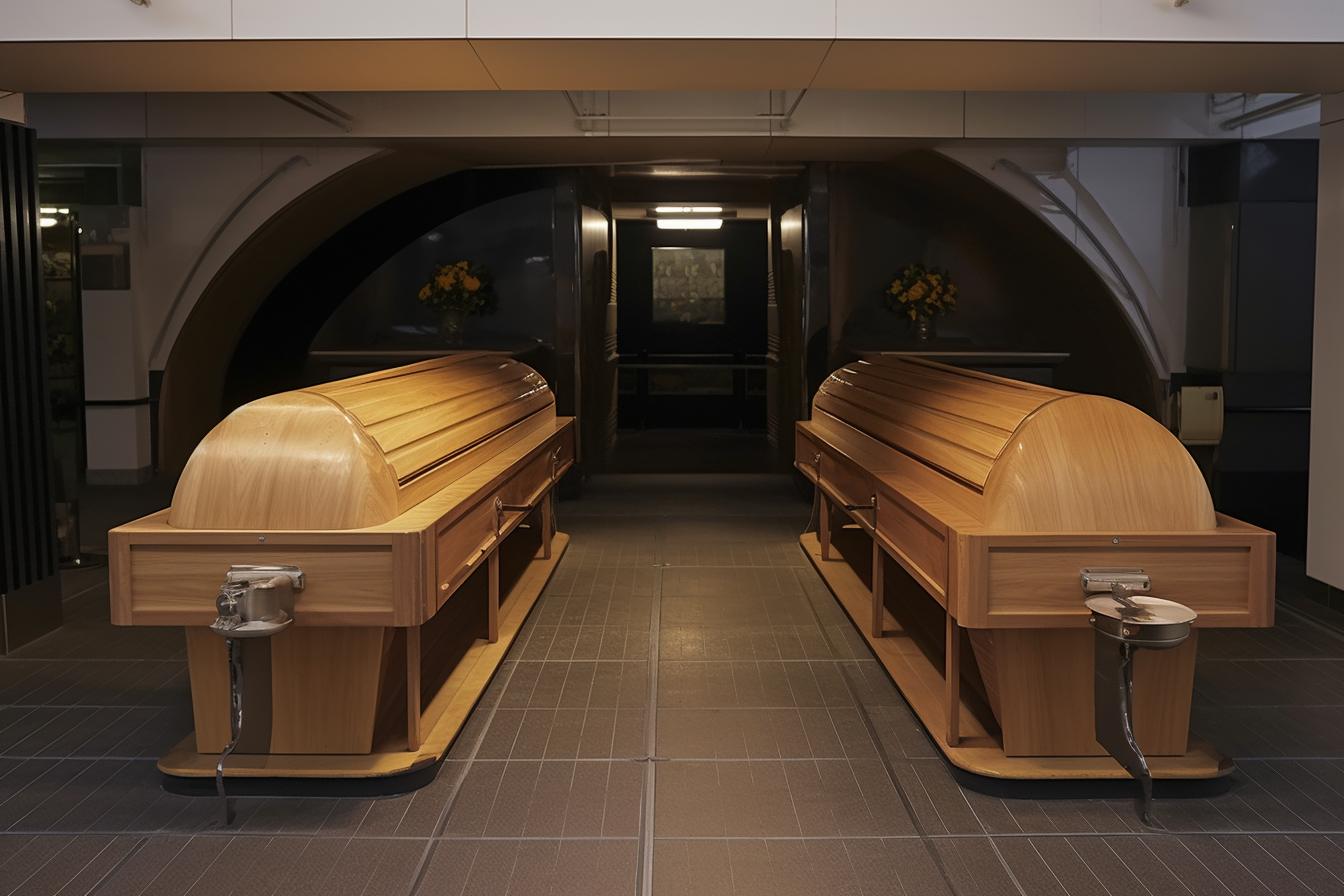Cremation Services Guide: Process, Options, and Costs
Cremation is an increasingly chosen alternative to burial, offering flexibility and often lower costs. This guide explains the cremation process, service types, average cost ranges, and options for storing or scattering ashes, plus planning tips and eco-friendly choices to help you make informed decisions.

Cremation Services Guide: Process, Options, and Costs
How cremation is carried out
Cremation follows several carefully controlled steps designed to preserve dignity and ensure accurate handling of the deceased. First, the body is prepared and placed into a cremation container or an approved casket. The container then goes into the cremation chamber, which is heated to temperatures typically between 1,400 and 1,800 degrees Fahrenheit. The intense heat and flame reduce the body over the course of approximately two to three hours, leaving primarily bone fragments.
Once the cycle finishes, the fragments are allowed to cool. Those fragments are then mechanically processed into a finer, sand-like consistency. The end result commonly referred to as ashes, is transferred into a temporary container or a selected urn. Throughout each stage—identification, placement, cremation, and processing—funeral homes and crematories follow strict protocols to protect the integrity of the remains and respect the wishes of the family.
Types of cremation services available
Cremation can be adapted to suit different cultural practices, budgets, and personal preferences. Typical service options include:
-
Direct cremation: The simplest and usually least expensive option. The body is cremated soon after death without a viewing or formal ceremony.
-
Cremation with a memorial service: The cremation is completed first, and a memorial service is held later. The ashes may be present, or the service can proceed without them.
-
Traditional funeral followed by cremation: A conventional viewing or funeral service occurs first, and the body is cremated afterward.
-
Witness cremation: Family or designated people may be allowed to observe the start of the cremation process if the crematory permits it.
-
Green cremation: Also called alkaline hydrolysis or water cremation, this option uses water and an alkaline solution to break down the body chemically rather than burning it. It is promoted as a lower-emission, eco-friendly alternative.
Each option can be personalized—timing, music, readings, and keepsakes are common ways families create meaningful tributes.
Comparing cremation and burial costs
Cremation is frequently selected for its lower price point, but exact costs depend on location, the provider, and chosen services. The table below presents typical national averages to help compare common choices.
| Service Type | Average Cost Range |
|---|---|
| Direct Cremation | $1,000 - $3,000 |
| Cremation with Memorial Service | $3,000 - $6,000 |
| Traditional Funeral with Burial | $7,000 - $12,000 |
| Green Burial | $3,000 - $8,000 |
Prices and estimates provided here are based on available national averages and may change over time and vary by region. Independent research is recommended before making financial decisions.
Options for keeping or dispersing cremated remains
After cremation, families have many choices for what to do with the cremated remains. Common approaches include:
- Urn storage: Keeping ashes in an urn at home or placing the urn in a columbarium niche at a cemetery.
- Scattering: Releasing ashes in a location meaningful to the deceased; be aware that local or national regulations may restrict where scattering is allowed.
- Burial: Interring the ashes in a cemetery plot or dedicated cremation garden.
- Keepsake items: Small amounts of ash can be incorporated into jewelry, glass art, or other mementos.
- Biodegradable urns: Designed for eco-friendly burial on land or water.
- Tree planting: Specialized services that use ashes in a biodegradable medium to support tree growth.
Many families combine options—for example, keeping a portion of the ashes in an urn while scattering another portion at a significant site.
Planning ahead: practical steps and considerations
Advance planning for cremation can ease emotional stress and prevent uncertainty for loved ones. Suggested steps:
- Research local cremation providers, compare services, and read reviews.
- Decide which type of service best aligns with personal wishes and budget.
- Consider pre-paying or locking in arrangements to protect against future cost increases.
- Write down explicit wishes for the cremation and the disposition of ashes.
- Communicate plans to family members and include details in legal documents such as wills if appropriate.
- Keep copies of contracts and important paperwork in an accessible, safe place.
Also consider legal and logistical details: some jurisdictions require permits for cremation or for scattering ashes in public places; shipping cremated remains across borders or between states may have specific rules. If environmental impact is a concern, ask providers about green options, including alkaline hydrolysis and biodegradable memorial products.
Final thoughts
Cremation offers a flexible array of choices that can fit many budgets and personal beliefs. Understanding the technical process, available service types, typical costs, and the many ways to memorialize a loved one will help you make thoughtful decisions. Whether planning ahead or arranging services after a death, clear communication and careful research will ensure arrangements reflect the wishes and values of the person being honored.






